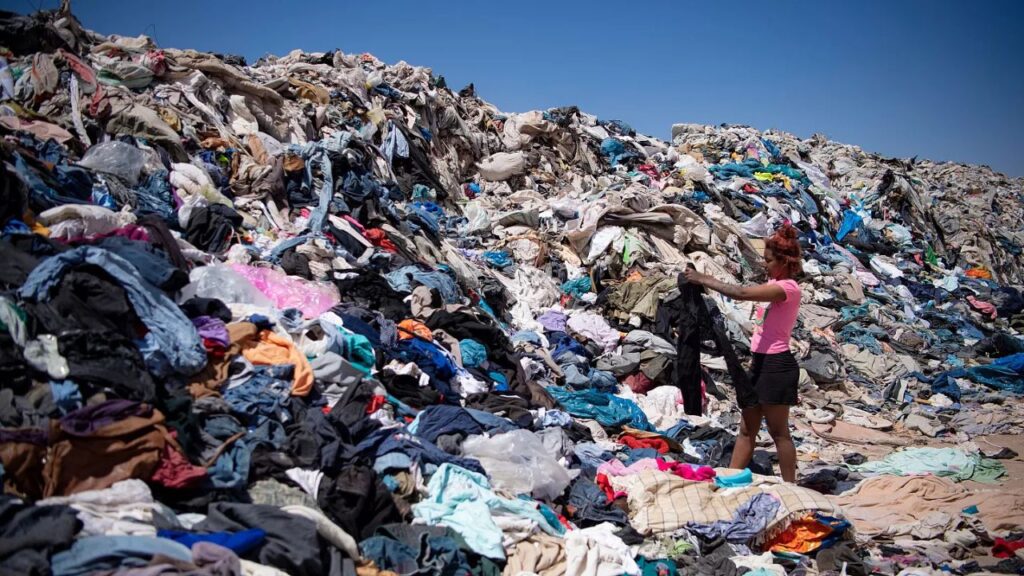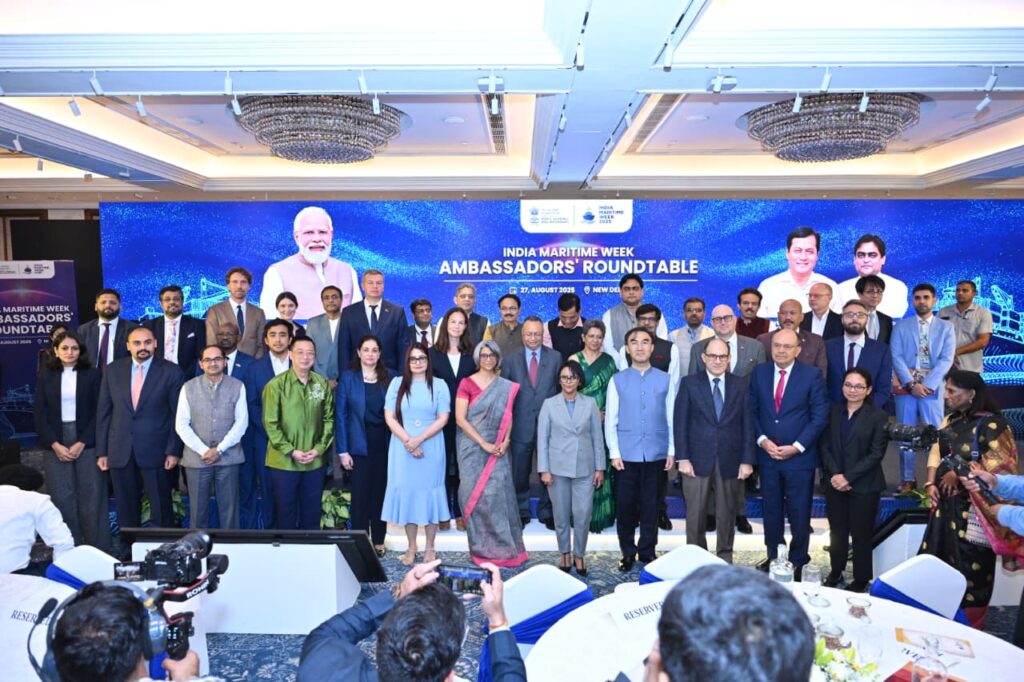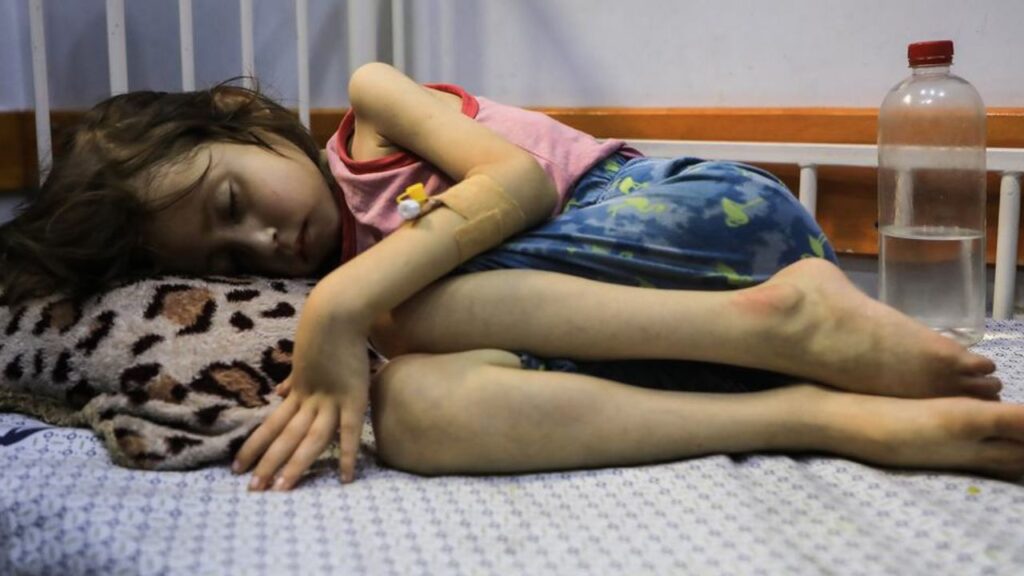The fashion industry has undergone a seismic shift in recent decades, moving from carefully curated seasonal collections to the relentless churn of “fast fashion.” Fast fashion refers to the rapid production of inexpensive, trend-driven clothing designed to keep pace with fleeting styles. This model delivers affordable garments to consumers, but its hidden costs—environmental devastation, resource depletion, and human exploitation—are staggering and demand urgent attention.
Fast fashion’s appeal is undeniable. With new collections dropping weekly in physical stores and on online platforms, fueled by aggressive marketing, sales, and influencer endorsements, consumers are bombarded with incentives to make purchases. Brands like Shein, Zara, and H&M churn out thousands of new designs each year, making it easy and affordable to refresh one’s wardrobe.
However, this hyper-consumption comes at a steep price. According to the United Nations Environment Programme (UNEP), the global fashion industry produces approximately 100 billion garments each year, with 92 million tons ending up in landfills. This means roughly 92% of clothing is discarded, often after minimal use, creating a colossal waste problem. Most of these garments are made from synthetic fibers like polyester, which can take centuries to decompose, leaching harmful chemicals into soil and waterways.
The overproduction cycle is exacerbated by social media. Consumers spend an average of 6 hours daily on digital platforms, much of it consuming short-form videos on TikTok, Instagram, and YouTube, showcasing “haul” culture, where influencers display piles of newly purchased clothes. These platforms, paired with targeted ads and flash sales, drive impulsive buying. A 2024 study by McKinsey & Company found that 40% of Gen Z consumers purchase clothing inspired by social media trends, often wearing items only once or twice before discarding them.
Fast fashion’s environmental toll is catastrophic. The industry accounts for 10% of global carbon emissions, surpassing the combined emissions of international aviation and maritime shipping, per the World Economic Forum. It is also a voracious consumer of resources. Producing a single cotton t-shirt requires approximately 2,700 liters of water—equivalent to one person’s drinking water for 900 days—while a pair of jeans demands up to 7,500 liters, according to the Water Footprint Network.
Textile dyeing, a critical step in clothing production, is the second-largest polluter of freshwater globally, discharging toxic chemicals like lead and mercury into rivers. In countries like Bangladesh and India, where much of the world’s clothing is produced, polluted waterways have devastated local ecosystems and public health.
Synthetic fabrics, which dominate fast fashion, exacerbate the crisis. Polyester, used in 60% of garments worldwide, sheds microplastics during washing. The Ellen MacArthur Foundation estimates that textiles release 500,000 tons of microplastics into oceans annually, equivalent to 50 billion plastic bottles. These microplastics infiltrate marine life, drinking water, and even human bloodstreams, posing long-term health risks. If current trends persist, the World Bank projects a 50% increase in the apparel industry’s carbon emissions by 2030, with global clothing sales potentially rising by 65%.
Recycling rates remain dismal. Only 12% of clothing materials are recycled, and less than 1% of garments are repurposed into new clothing due to technological and economic barriers. Most “recyclable” clothing is downcycled into lower-value products like insulation or carpet padding, perpetuating the linear economy.
The human toll of fast fashion is equally alarming. To keep prices low, brands often outsource production to developing nations where labor is cheap and regulations are weak. Garment workers, primarily women, face grueling conditions: 12 to 16-hour shifts, wages as low as $2-$3 per day, and unsafe workplaces.
The 2013 Rana Plaza collapse in Bangladesh, which killed 1,134 workers and injured over 2,500, remains a stark symbol of this exploitation. Despite global outrage, little has changed. A 2024 report by the Clean Clothes Campaign found that 75% of garment workers in Bangladesh still earn below a living wage, and factory safety violations persist.
Child labor is another dark reality. The International Labour Organization estimates that 29 million children work in textile and garment production, often in hazardous conditions for meager pay. In Uzbekistan, for example, children as young as 10 have been documented harvesting cotton for global supply chains.
Fast fashion’s relentless pursuit of profit has fueled a cycle of waste, pollution, and exploitation that endangers the planet and its people. While the damage is immense, individual and collective actions—renting, recycling, thrifting, and advocating for change—offer hope for a more sustainable future.

















